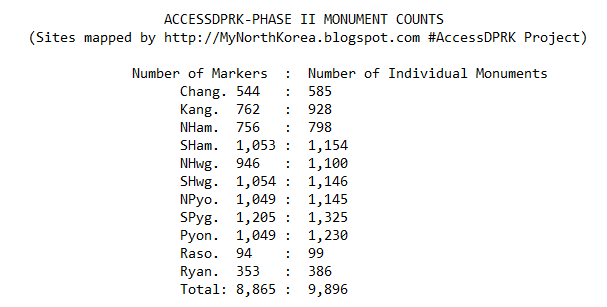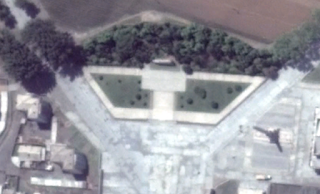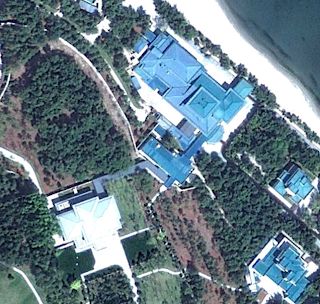Two years I ago I published the largest freely available map on North Korea ever created. After creating maps for a decade, I didn't want to keep re-mapping the whole country over and over. However, North Korea isn't static and things change over time.
So while I haven't made a completely new version, I have updated the original 2021 free map to reflect some of those changes.
Everything I do is done with Google Earth because it's the most accessible and user friendly program out there, and I want people to be able to explore North Korea without needing special skills or having to buy incredibly expensive software.
One of the biggest changes to the map that's included in this update is due to the fact that Google Earth updated their own map of North Korea's administrative boundaries to more accurately reflect them. This is important because AccessDPRK maps are organized by province.
As a result of the changes, around 800 places that had been in Pyongyang now show up as being in different provinces (because they are). So I have gone through and moved all of those military, economic, and other sites out of the Pyongyang folders and into the folders of their "new" provinces.
I also reviewed all of the anti-aircraft artillery batteries as part of an article I wrote last year and updated nearly 100 sites to give users the most up-to-date look at all of the active AAA locations.
Other changes include redrawn fences of the DMZ as small sections have been moved around/rebuilt, and to take into account the "drift" that happens when new satellite imagery is added that can cause placemarks and the objects they're marking to appear slightly out of line. So now everything lines up better to reflect current imagery.
I have added additional gun emplacements in the DMZ, around 20 new "children's driving parks", updated all of the coastal fences, and made several other additions, corrections (like typos), added names to more sites, and made other small changes throughout.
You can download this free file here.
The file name is AccessDPRK_2021 Free Version-1.1 (2.2023) and it is 4.8 MB in size and contains over 61,400 items.
I am also in the process of doing a full update of the Pro Version and will hopefully be able to publish it later this year.
I would like to thank my current Patreon supporters who help make all of this possible: Alex Kleinman, Amanda Oh, Donald Pierce, Dylan D, GreatPoppo, Jonathan J, Joel Parish, John Pike, JuneBug, Kbechs87, Russ Johnson, and Squadfan.


























